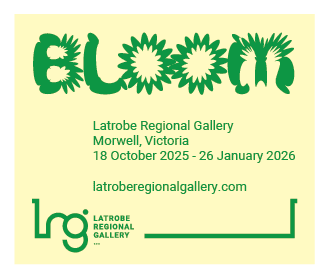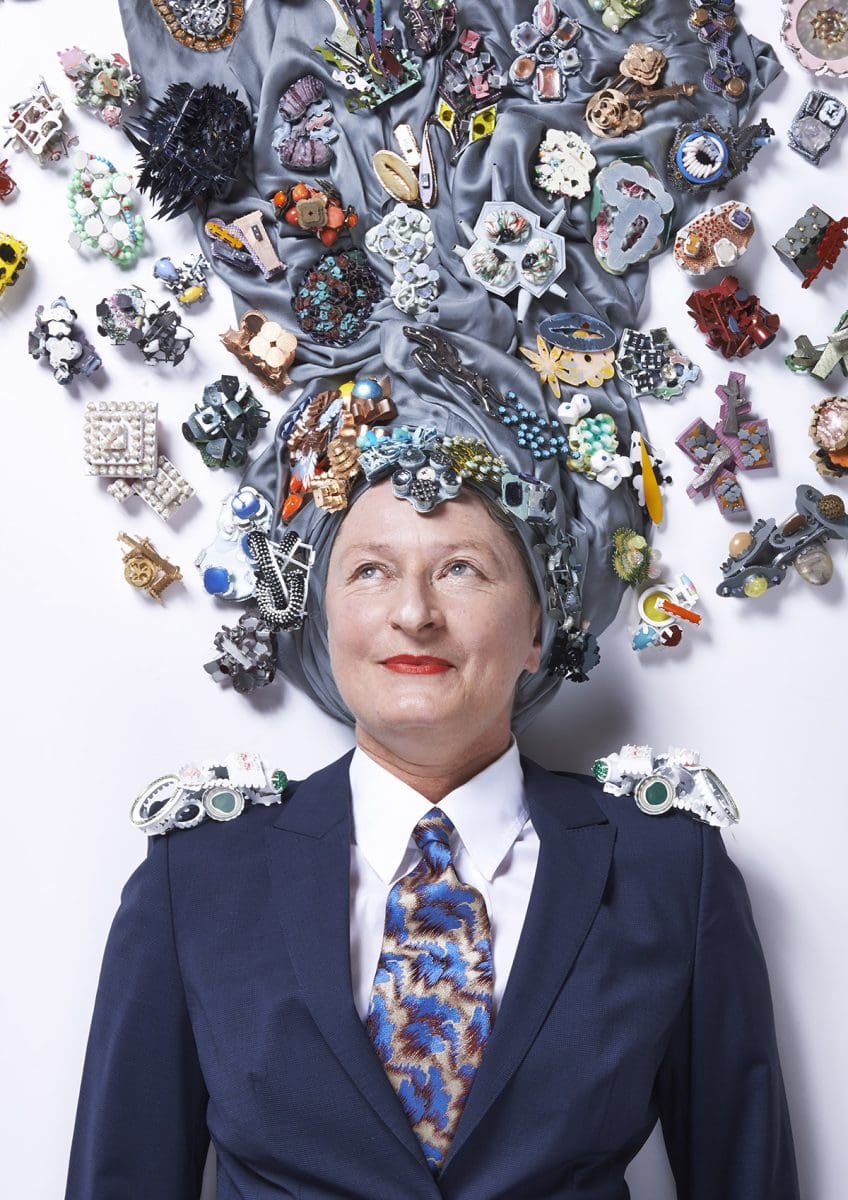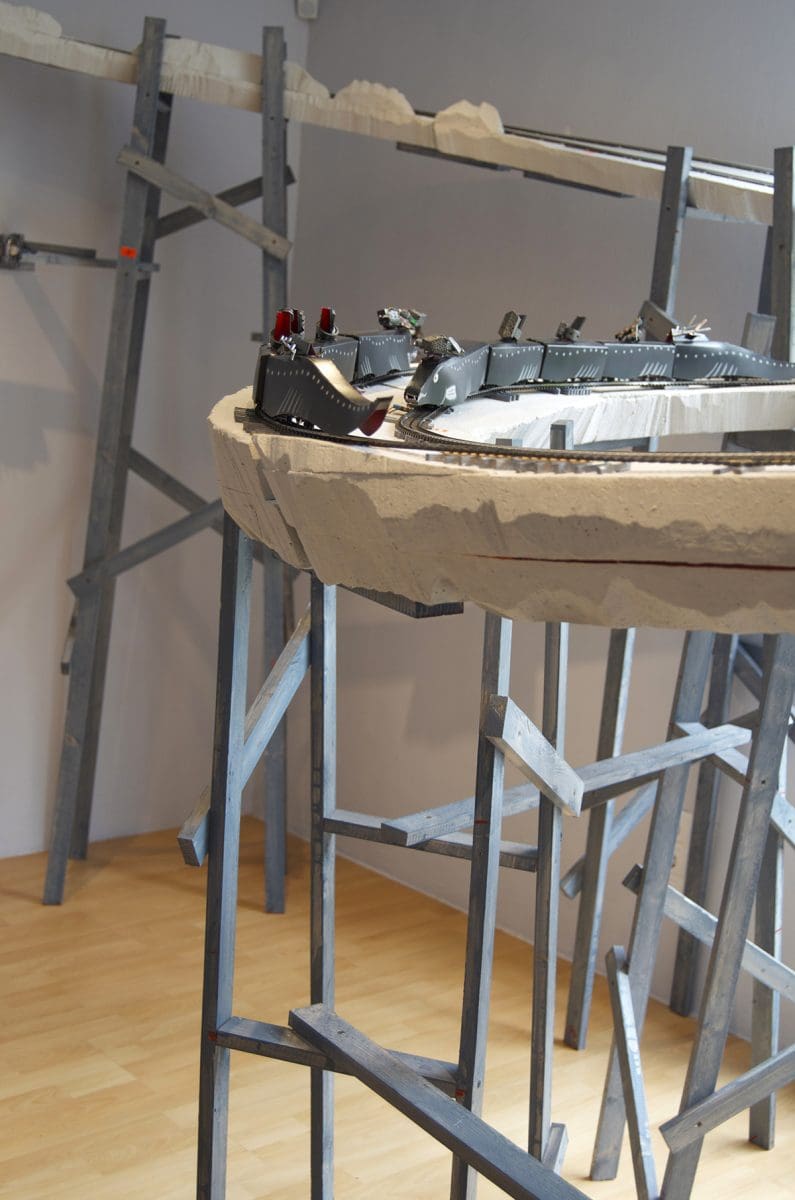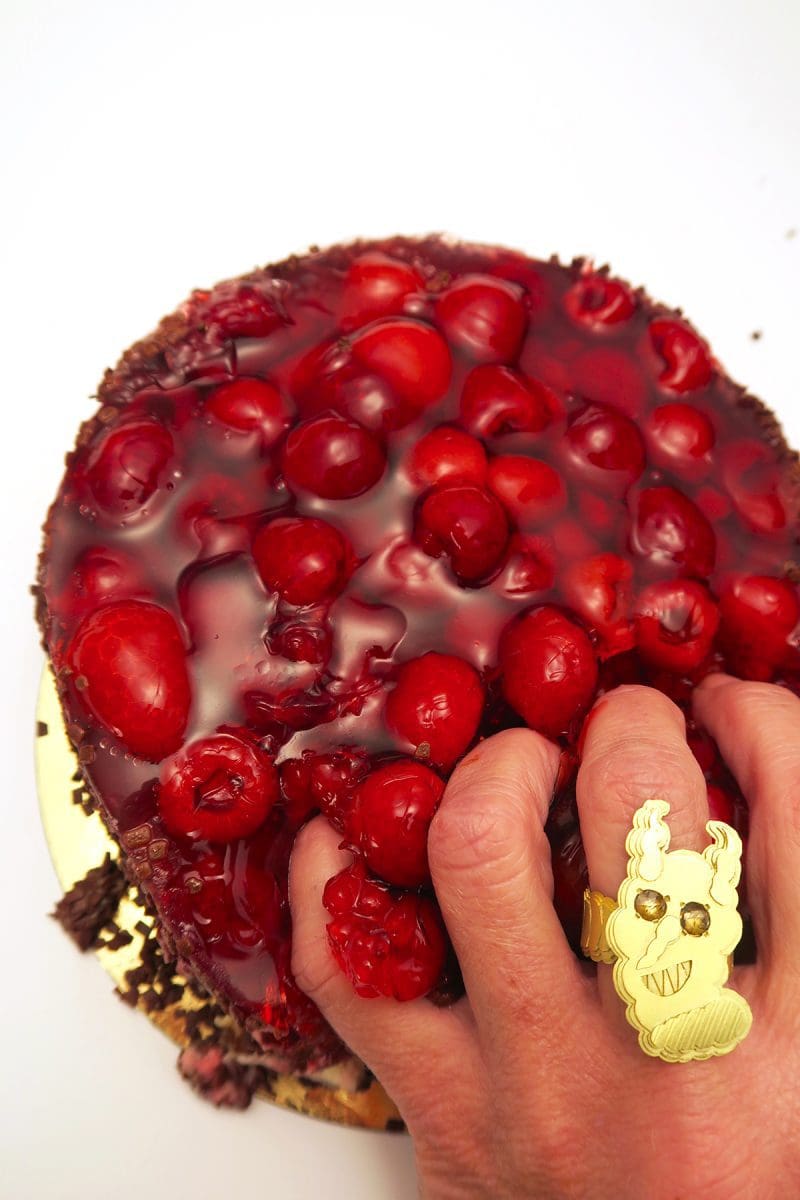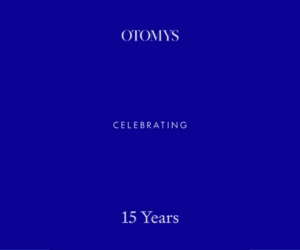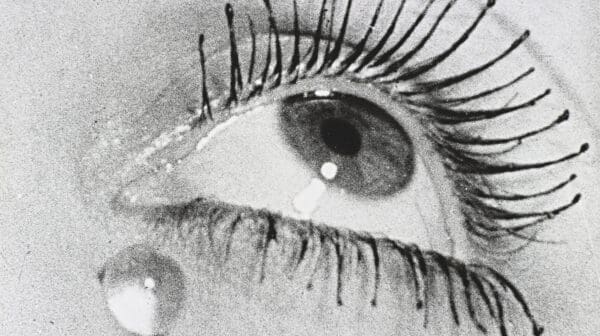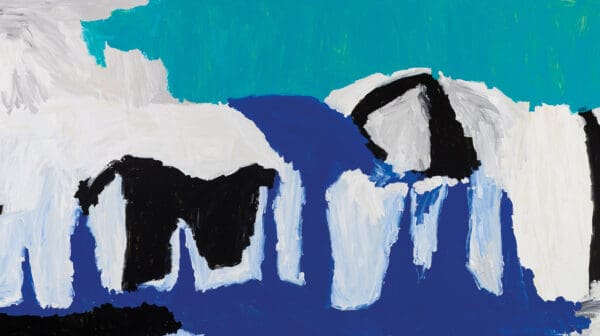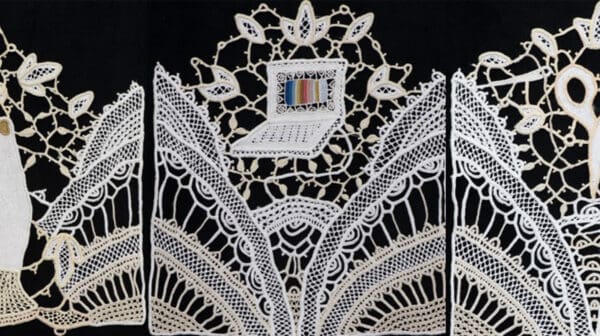According to William Shakespeare, ‘All that glitters isn’t gold.’ Actually The Bard wrote glisters, but it means the same thing. The point is that looks can be deceiving, and preciousness is about more than material value: two facts that Australian contemporary jeweller Helen Britton has made the most of throughout her long career.
Britton is known for creating bright jewels that are just as likely to include recycled plastics as glittering precious gems. The Australian artist was educated in Perth, WA before moving to Munich, Germany, where she studied with international jewellery super-star Otto Künzli. The survey exhibition Interstices, part of the Perth International Arts Festival, spans 25 years of Britton’s diverse and prolific practice. In work that is always evolving, one constant is her love of colour.
“Colour is an important aspect of my work because I experience it as a sensation in my mouth and it is like food,” Britton says.
And the bright chromatic pops in her work can come from anywhere. For Britton, materials as various as paint, bits plucked from vintage costume baubles, glass, bones and stones are all part of a colourful conceptual palette. “I don’t set my materials up in some kind of value hierarchy,” she explains. “They are selected because of what they signify and how they relate to specific bodies of work. This is equally true of the glass components I have made for my work, diamonds, plastics, gold, or whatever.”
Although she is best known as a jeweller, Britton doesn’t limit herself to just one discipline either. “I’m not a conventional thinker,” she says, “and I don’t adhere to given hierarchies of creative practice that pre-determine the possibilities and meanings that objects and materials can signify.” Her practice includes drawings, photographs, objects and jewellery, all of which are showcased in Interstices.
Britton has made site-specific installations of drawings and a model ghost train that fills a room, but she remains committed to the possibilities of wearable work. “It’s the idea of jewellery and how it functions that interests me,” she points out. “Jewellery is a human phenomenon that has accompanied our species parallel to the development of language, a powerful signifier and depository for meaning with a fascinating history from its circumstances of production through to its assigned symbolic meaning.”
For Interstices, Britton has made a new series of necklaces that respond to the colours and textures of the Western Australian coastline. Although she was been living in Munich for nearly 20 years, and she insists that her physical location doesn’t matter to her, Britton admits that Australia still plays a key role in her creativity. “I feel that the only location that is important to me is my atelier and my work, which could be anywhere,” she explains. “That being said, homesickness knows no mercy and without regular lengthy visits to Australia I would not be able to produce my work.”
Interstices
Helen Britton
Lawrence Wilson Art Gallery
11 February – 15 April


